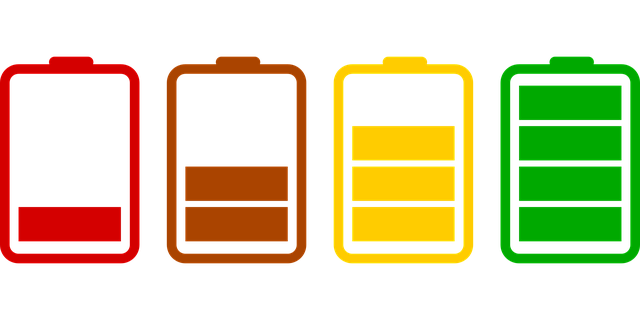
Managed Mobility Services Can Improve Your Productivity and Operational Efficiency
On an average day, you probably charge your smartphone at least once. You probably charge your tablet every three or four days. If you frequently play games, listen to music, or use the GPS on these devices, then you probably charge them more often .. While the technology behind batteries is advancing, the demand we put on these batteries grows too. Is your mobile device management strategy taking into account the battery life of the devices your employees are using. Is it maximizing that lifecycle, and how it all affects your bottom line? Here are three things to think about:
The Battery Itself
For companies that employ a corporate-owned device strategy, choosing devices that can stand up to the rigors of use can be a challenge. A managed mobility services provider will empower them to make an educated decision. If your company is running on a BYOD policy, then you’ll have little-to-no control over the quality of the hardwar. However, if you’re deploying corporate-owned devices, your first opportunity to maximize battery life is in selecting devices that are built to last, whether they are purpose-driven specialty devices, rugged phones and tablets, or even just a consumer device that has been proven to have a longer lifespan between charges.
Mobile Device Management and Usage
Are you using an MDM platform that regularly collects data from the devices in the field? How often does it collect that data? Does it track their locations? Are the devices running apps that frequently refresh their data by connecting to a central server or cloud? Are they using location services to direct the users, e.g. in transportation or shipping? All of these things are factors in battery life. Some of these things cannot be helped—if a device’s built-in GPS must be used, it must be used—but others can.
Your managed mobility services platform may be able to be optimized to ensure the lowest possible impact on power consumption, and so can the apps being used day-to-day to get the job done. You can also integrate regular health checks into your mobile device management strategy, ensuring that you know when a device (or its battery) needs to be repaired or replaced before it’s too late.
The Impact on Your Business
What happens when a battery dies in the field? Downtime. Your productivity takes a hit, as the employee has to stop what they are doing to charge the device. For a Blackberry that’s just for reading emails and texts, this kind of downtime isn’t the end of the world—especially when employees can charge it from their desk. For drivers, this might be a bit more challenging, and for people who take “in the field” more literally—surveyors, for example—it can mean putting an entire task on hold until the device is ready to go again. Because downtime can negatively affect your bottom line, make sure you address these issues with your managed mobility services vendor.
Learn more on how to select a mobile device: click here

